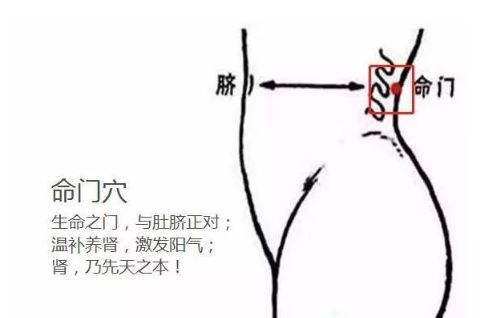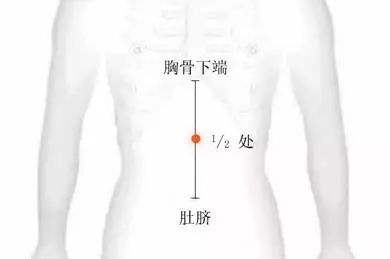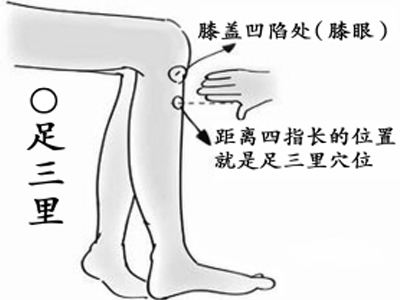世界上最大的淡水湖泊是什么湖
alicucu 2025-12-21 21:54 2 浏览
亚洲最大的淡水湖是位于俄罗斯西伯利地区的贝加尔湖。贝加湖坐落在贝加尔山脉之间是世界上最古老、最深、最干净的淡水湖泊之一。它的面积达到了3.15万平方公里,大约有1340多个湖泊的总和。湖水质量非常清澈,透明度可达40米,世界上有20%的淡水储备都储存在贝加尔湖中。此外,贝加尔湖还是独特的生态系统的家园,有许多特有的动植物物种。
亚洲第一大淡水是:贝加尔湖。
贝加尔湖是世界上最深的湖、亚洲最大的淡水湖。年龄在25一30百万年,最大深度1940米,库容量23.6立方千米,位于俄罗斯境内的面积:332000平方千米,长度636千米,宽度27一79.5千米,多孔沉积厚度6000米。
亚洲最大的淡水湖泊是位于俄罗斯西伯利亚地区的贝加尔湖。希望可以帮到您祝您每天开开心心快快乐乐每一天快乐哦
亚洲地区最大的淡水湖是贝尔加湖,这是面积达到了3.15万平方公里的面积,这也是非常庞大的一个面积,这也是非常强大的一个淡水湖。
苏必利尔湖
苏必利尔湖面东西长616千米,南北最宽处257千米,湖面平均海拔180米,水面积82414㎞2,最大深度405米。蓄水量1.2万㎞3,占五大湖蓄水量一半以上,以蓄水量计算,该湖是世界第四大湖(不分咸水淡水,储水量前三分别为里海,贝加尔湖和坦噶尼喀湖)。该湖为美国和加拿大共有,被加拿大的安大略省与美国的明尼苏达州、威斯康星州和密歇根州所环绕。湖岸线长3000千米,沿岸森林密布,北岸曲折多湖湾。有近200条河流注入湖中,以尼皮贡和圣路易斯河为最大。
- 上一篇:护肤品哪个牌子最好用(国产护肤品哪个牌子最好用)
- 下一篇:兼职日结(兼职日结贴吧)
相关推荐
- 显卡坏了会出现什么情况(显卡坏了严重吗)
-
1、显卡坏了——半残状态 如果显卡没有完全坏掉,电脑表现出一下的症状: 1.能够正常开机、上网、使用小型软件(比如OFFICE)等操作,一般的基础的操作是没有问题的。但是,如果一旦使用“完全”的硬...
- 明四家是哪四个(明四家的故事)
-
明四家指的是中华甲骨文中出现最为频繁的四家,即商、周、秦、汉。商代是中国历史上第一个有文字记载的朝代,它的文字被称为甲骨文。周代是中国历史上第一次进行区域性统一的朝代,也是甲骨文的繁荣期。秦代是中国历...
- 本是同根生的下一句(本是同根生搞笑句子)
-
这是两首诗。《相思》唐代:王维红豆生南国,春来发几枝。愿君多采撷,此物最相思。《七步诗》两汉:曹植煮豆燃豆萁,豆在釜中泣。本是同根生,相煎何太急?曹植煮豆燃豆萁,豆在釜中泣。本是同根生,相煎何太急。...
- 元旦节放假通知范文(元旦节放假2021通知范文)
-
根据国家关于2016年元旦节假日时间的具体安排,公司对元旦放假时间及注意事项通知如下: 1、2016年元旦放假时间为:2016年1月1日(元旦,星期四)、1月2日(星期五)、1月3日是(星期六),共...
- 黑豹乐队历任主唱(黑豹乐队历任主唱名单)
-
第1位丁武。丁武在1987年成立了黑豹乐队,被称为黑豹乐队的传奇主唱,但丁武仅仅担任了一年的主唱位置,被传因为和经纪人之间不和,所以推出黑豹乐队,转而和美籍华人郭怡组建了唐朝乐队,这个乐队也是非常知名...
- 古诗江南汉乐府(古诗江南汉乐府的乐怎么读)
-
江南逢李龟年 杜甫 岐王宅里寻常见, 崔九堂前几度闻。 正是江南好风景, 落花时节又逢君。 [注释] 1.李龟年:是唐玄宗开元、天宝年间著名音乐家。 2.岐王:唐睿宗的第四个儿...
- 四川三日游最佳路线(四川三日游最佳路线推荐)
-
元旦成都周边旅游2~3天玩的地方有点多,东边可以去龙泉山玩,西南边可以去眉山苏东坡故里、水街,峨眉山,瓦屋山,雅安市,周公山泡温泉,石棉草科乡泡温泉,海螺沟泡温泉,西边可以去卧龙看熊猫,四姑娘山,青城...
- 隐形眼镜的危害和好处(隐形眼镜的危害和好处有哪些)
-
长期戴隐形眼镜可以使角膜处于缺血缺氧的状态,而且隐形眼镜覆盖以后,泪液不能有效的覆盖在角膜上,可以引起角膜炎,结膜炎等症状,隐形眼镜本身并不是无菌的,放入眼睛里面可以诱发角膜炎,摘戴隐形眼镜以后还可以...
- 百慕大三角区(百慕大三角区的秘密)
-
答案如下:百慕大三角位于北大西洋。是英国海外领地。距离北美洲900多公里。美国佛罗里达州迈阿密东北1100公里。是西班牙冒险家胡安百慕大发现的。所以命名百慕大群岛。百慕大三角位于北大西洋的马尾藻海,是...
- 青少年普法网学生登录入口(教育部全国青少年普法网(官方))
-
说明你还没有进行注册出现这种问题的原因是多方面的:1.可能是网站的问题,如果不是使用的app,而是用网站登录的话,可能是被防火墙挡住了,也可能是网址错误,或者是浏览器不支持使用,查看网址是否正确,然后...
- 自制面膜的方法和材料(自制面膜百度百科)
-
1、香蕉牛奶面膜:将香蕉捣碎,加入牛奶搅拌均匀即可。正常洁面后,将混合好的香蕉牛奶面膜涂在脸上,大约20分钟后再清洗干净就可以了。2、蛋清柠檬面膜:将少量的淀粉、鸡蛋清和少许柠檬汁混合均匀,调成糊状备...
- word末尾空白页删不掉(word不想要的页怎么删)
-
1、可能是由于您的Word空白页有一个分页符,只需要将Word视图模式设置为【普通视图】,2010和2013版命名为【草稿】,即可在页面中看到一条横虚线的分页符,将其删除之后,回到默认的【页面视图】中...
-

- 小丝巾最简单的系法图解(小丝巾的戴法简单视频)
-
1.小丝巾后系法? 把准备好的丝巾一个角向前挂在脖子上,另外两个角系在脖子后面,后面系的时候系一个偏松的死扣即可,不要过紧哦,不然不好解开了。?2.项链式系法 项链式系法是比较显气质一种系法特别是黄黑相间的方巾,系上后特别美。? 系法...
-
2025-12-23 09:59 alicucu
-

- 上海的大学有哪些(上海大学算名牌大学吗)
-
一、上海本科院校名单:序号学校名称所在地院校分类复旦大学211985研究生杨浦区综合类上海交通大学211985研究生闵行区综合类同济大学211985研究生杨浦区理工类华东师范大学211985研究生...
-
2025-12-23 09:12 alicucu
- 一周热门
- 最近发表
- 标签列表
-






